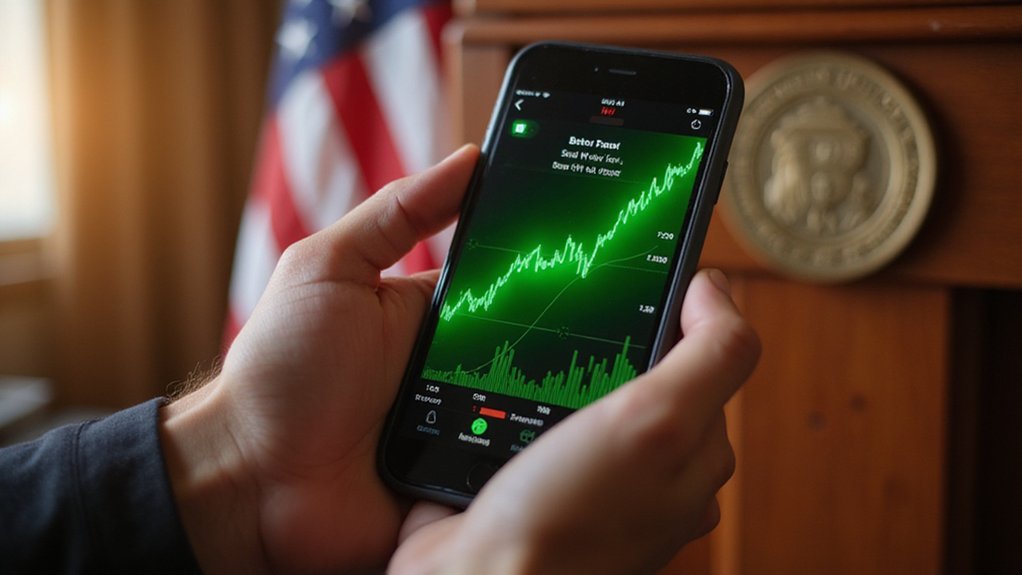While traditional banks have spent decades perfecting the art of charging fees for the privilege of accessing one’s own money, crypto cards have quietly emerged as an unlikely challenger in Europe’s micro-payments battlefield—a development that would be merely amusing if it weren’t so consequential for the continent’s financial establishment.
The numbers tell a compelling story of disruption in miniature: crypto cards experienced a 15% surge in new orders throughout 2025, with an unmistakable preference for transactions under €10—precisely the territory where cash once reigned supreme and banks collected their most reliable (if modest) revenues.
Perhaps more tellingly, 45% of crypto card transactions fall below this threshold, suggesting that digital natives have discovered what traditional institutions apparently couldn’t: that micro-spending shouldn’t require macro-fees.
The average crypto card transaction hovers at €23.7, significantly lower than traditional bank cards’ €33.6, reinforcing their appeal for smaller purchases. This shift becomes particularly pronounced in online commerce, where crypto card users conduct 40% of their transactions—nearly double the eurozone’s 21% average for conventional cards.
While banks perfected fee extraction, crypto cards quietly conquered the micro-payment battlefield that traditional institutions dismissed as unprofitable nuisance.
The implications extend beyond mere convenience; they signal a fundamental recalibration of consumer expectations regarding payment infrastructure.
What emerges from this data isn’t simply a preference for novelty, but evidence of trust-building in digital assets for routine financial activities. Tech-savvy consumers and digital natives—demographics that banks desperately court through expensive marketing campaigns—are gravitating toward solutions that offer near-instant transactions with minimal fees.
The irony is palpable: while banks invested billions in digital transformation initiatives, crypto cards achieved meaningful penetration by simply delivering what consumers actually wanted. Many users have discovered that depositing their cryptocurrencies into smart contracts can generate additional returns while maintaining spending flexibility. Remarkably, day-to-day items like groceries, retail, and transport comprise 59% of crypto card payments, demonstrating that users treat these digital assets as legitimate currency for essential purchases.
This competitive pressure forces traditional financial institutions to confront an uncomfortable reality. Their decades-old fee structures and processing delays suddenly appear antiquated when compared to blockchain-enabled alternatives that treat micro-payments as legitimate transactions rather than nuisances.
The crypto card phenomenon suggests that the future of European payments may belong not to whoever can charge the most creatively, but to whoever can facilitate transactions most efficiently—a concept that would have seemed revolutionary in banking circles just a few years ago.









